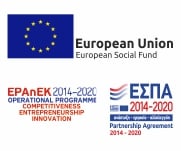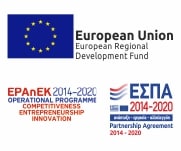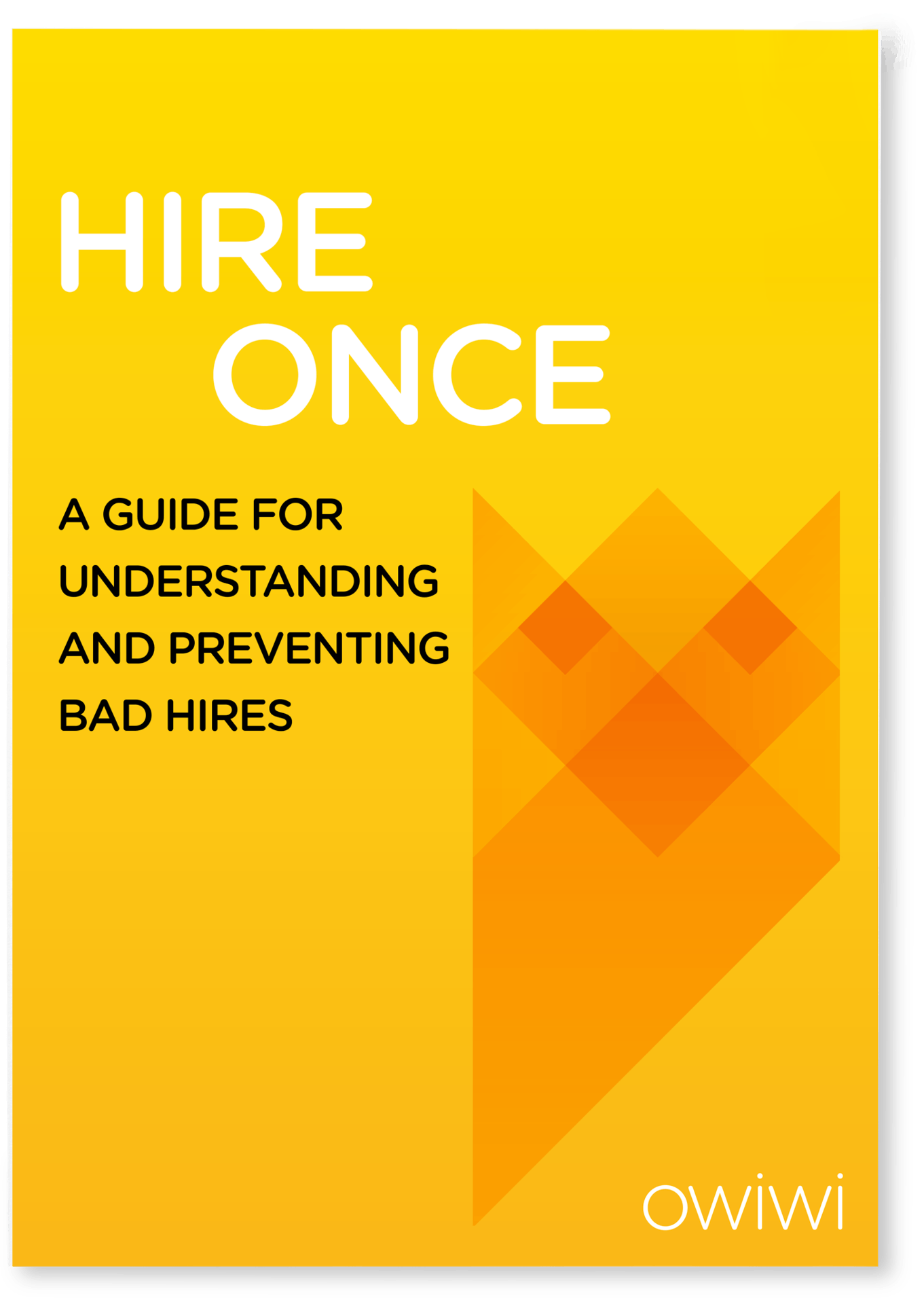More and more organizations are nowadays using gamified assessment as a recruitment tool. It seems that the business world globally is into playing games! But what is “gamification”?
The term gamification first appeared in the Oxford dictionary in 2011. It implies the use of game elements in non-game situations. The intersection of technology and human resources has led to the emergence of this new and very interesting scientific area, which aims to transform the stressful recruitment process into a fun and useful procedure. But how useful is it in reality? And is gamified assessment a safe decision-making tool?
Assessment! What’s that?

In order to be able to answer the aforementioned questions, it would be very useful to examine assessment itself and gain a better understanding of the different types of talent assessment. Ella Hafermalz and Kristine Dery, in their article titled “Gamification as an assessment tool: why play the game?”, segment assessment into three different types:
- a) Diagnostic, which is used in the stage of attraction and enrolment in the selection process;
b) Formative, which involves activities and tasks during the recruitment process that enable the candidate to display their capabilities and learn; and
c) Summative, which is used at the end of the recruitment process for sorting and ranking purposes.
Each type of assessment has a different chronological application in the recruitment process and is used for a different purpose: diagnostic assessment indicates whether a candidate is suitable for a specific job function and is used in early recruitment stages; formative assessment gives real-time performance and feedback, both to the candidates and the organization; and summative assessment enables recruiters to reach their final decision.
What’s the good from gamification and gamified assessment?

What is great about gamification is that it can be incorporated in all three types of assessment, as long as it is designed according to specific evaluation needs. Gamified assessments generate data that are used by organizations to attract candidates, as well as evaluate and benchmark their performance. Thus, gamification may be used in all stages of recruitment, and this by itself is a major advantage. But this, of course, is not enough. Certainly, there are quite a few other advantages of gamified assessment.
As already mentioned, gamification is an enjoyable process. Candidates play games and this reduces stress and is far more interesting than traditional forms of evaluation. Furthermore, the games challenge candidates to think creatively and strategically. This enables organizations to identify creative talent or strategic thinkers among the candidates, attributes that are very hard to assess in interviews or traditional psychometric tests. In her post on “The Advantages and Disadvantages of Gamifying Assessment”, Jennie Aldridge refers to the online game used by L’Oreal in order to direct candidates towards a specific career path based on their performance in this online challenge.
Apart from evaluating “difficult” candidates’ characteristics like creativity and strategic thinking, gaming also makes participants act in a more natural way than they would in a traditional exam or psychometric test. When playing games, takers do not spend time thinking about their image to the employer and, consequently, they answer sincerely and naturally. This is due to the fact that the cognitive element is inherent in the game assessment.
Another positive feature of gamified assessment is described by the R&D Consultant Philippa Riley in her article “Should we play? Gamification in assessment and selection”, published in Assessment & Development Matters. Philippa showcases how gamification maximizes person-job and person-organization fit, through; within-game feedback used to improve the assessment of competencies/constructs; longer duration of assessment and/or multiple assessments through time; and greater immersion resulting in a reduced impact of socially desirable responding. All three features lead to increased levels of reliability and validity of the assessment process.
Last but not least, gamified assessment can lead to significant cost reduction if it is used on a large scale. The same game can be played by hundreds or thousands of candidates worldwide and it can be played online; this means that the only costs that the organization takes are related to the tool acquisition and the HR education. And this process creates significant economies of scale.
Gamification downfalls

On the other hand, there is some skepticism related to gamified assessment as a recruitment tool. For example, there are certain groups among the talent pool who are less likely to play assessment games; millennials will most certainly enjoy online gaming or gaming in general. But older candidates are likely to not be very familiar with this type of activity. This could be a problem for senior positions, where organizations usually look for experienced executives.
In addition, there is the risk that some candidates may consider the recruitment process less serious. Indeed, some candidates are likely to think that because they are playing a game, “it’s only a game”. There is the possibility that some candidates would pay more attention in a more formal and traditional way of evaluation, and thus they might end up with results that do not represent their true abilities and skills.
Successful Gamified Recruitment Implementation
To minimize the possibility of such negative aspects, David Barrett, Chief Operating Officer of international assessment specialist cut-e, shares in his post titled “Game-changing recruitment: How gamified assessments can enhance your employer brand”, seven tips for successful gamified recruitment implementation:
#1: Companies should not use generic games. Instead, they should design and develop, in cooperation with industry experts, games that are company-specific and culture-specific. And they should also differentiate from competitors because differentiation- particularly in this case – is much better for their employer brand.
#2: Gamified assessments should be goal-specific. What is the company trying to do and in which stages of the recruitment process, will the game be applied? Is the employee looking for specific skills? Games need to be very carefully designed taking into account specific organizational aims. Developing a game with no planning and making minor or major modifications during any of the recruitment stages is to be avoided because it creates misinterpretations and seriously hurts the process reliability.
#3: Gamification is not the only way to do it. It obviously entails important benefits, but in some cases, it should be used in combination with other assessment methods. This would be the case with senior executives.
#4: Organizations should create an immersive candidate experience. Keeping in mind that social media are here to stay, organizations have to create game assessments that are fun and scientific at the same time. It is very easy for candidates to ‘bad-mouth’ a game on social media; in fact, this would ‘bad-mouth’ the corporate reputation itself and could create substantial damage.
#5: Games should be thoroughly tested in terms of usability. Since candidates may play the game on a phone, tablet, laptop or desktop, the game layout, and format should resize appropriately to display any text, image or video elements on any device. Moreover, the game should be ‘fair to complete’, meaning that is should not depend on manual dexterity of the candidates unless this kind of ability is relevant to the specific job function. The same stands for color vision or other physical abilities that could deteriorate the performance of specific groups of game takers.
#6: A cautious selection of the game provider is critical. Organizations need to evaluate and select their game provider according to their needs. For example, will the process be local, regional, national or international? However, there are some criteria that are not to be underestimated, like the partner’s expertise, their ability to create a tailor-made assessment, and their aptitude to provide reliable analytics.
#7: Communication with the candidates at every stage of the recruitment process is a must. Just because a company may have created a well-designed, scientific and fun recruitment game, doesn’t mean that candidates should be left in the dark concerning the process. In other words, human resource executives should communicate with the candidates in order to explain what the game is assessing or how their results will be used. They should also explain to candidates who are not selected that it does not mean they failed; on the contrary, this indicates that they do not possess the specific set of skills and abilities required for this specific business function or that they do not fit in the corporate culture in the desired way.
Taking Gaming Seriously
Consequently, it is obvious that gamified assessment as a recruitment tool has significant benefits both for organizations as well as for the candidates. Business executives globally seem to believe that this is the future of hiring. Hence, the only way to go, in order to participate in the new digital reality in the corporate world and to significantly benefit from gamified assessments, is taking gaming seriously.
This, exactly, is OWIWI’s moto: “Serious about gaming”. Let’s all get serious about gaming; let’s play and have fun, but keeping in mind that it is much more than a game. This game could be life-changing for candidates and lead to certain career paths, and it could be extremely beneficial for corporations.











